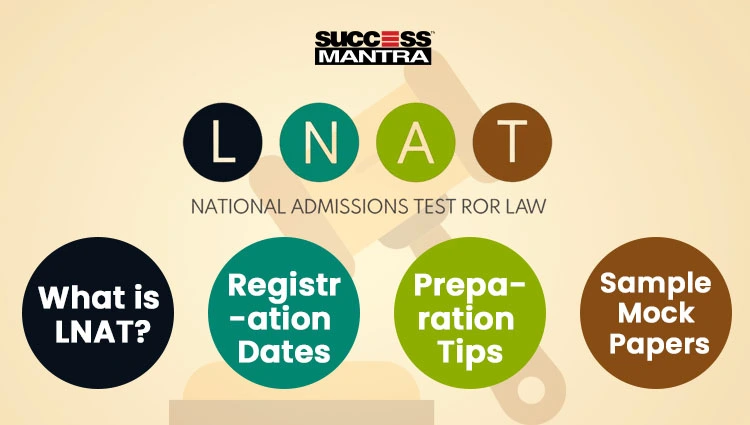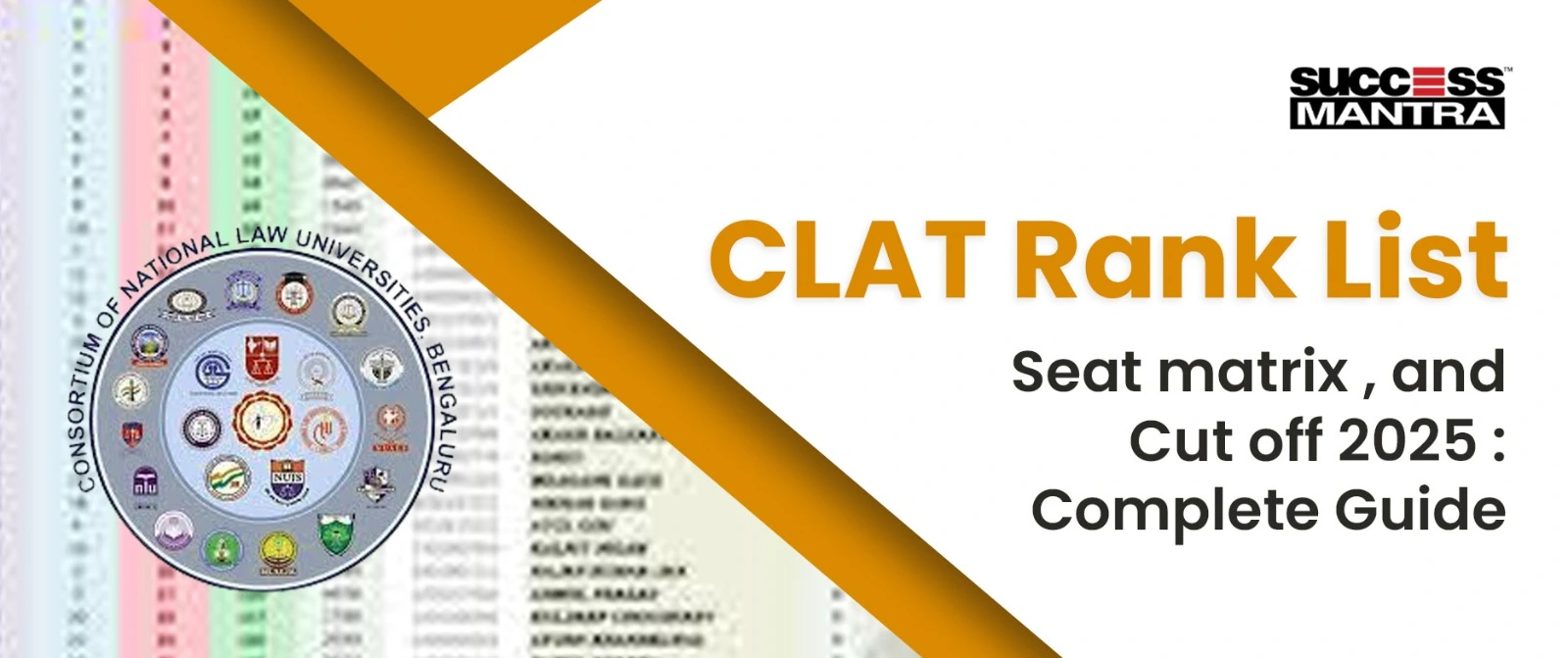GK COMPLETE STUDY NOTES ON BANKING
BANKING
Banking in India

The Reserve Bank of India is the central bank of India. It issues bank notes, acts as the banker to the government, formulates the monetary policy and maintains exchange value of rupee.
It was established on the recommendation of the Hilton Young Commission (also known as Royal Commission on Indian Currency and Finance). It was established in 1935 with Osborne Smith as its first Governor. CD Deshmukh became the first Indian to become the Governor of RBI. During his tenure, RBI was nationalized in 1949. The present Governor of RBI (24th Governor) is Urjit Patel.
Nationalization of Banks
Initially, banks were established by wealthy individuals and the masses were denied affordable banking services. This led to the need for nationalization of banks which altered the history of banking in India. The first major step was Nationalization of the Imperial Bank of India in 1955 to transform it into ‘State Bank of India.’ State Bank of India was made to act as the principal agent of RBI and handle banking transactions of the Union and State Governments. After that, in a major process of nationalization, seven subsidiaries of the State Bank of India were nationalized via the State Bank of India (Subsidiary Banks) Act, 1959. In the second phase of nationalization, in 1969, fourteen major private commercial banks were nationalized. In 1980, six more commercial banks were nationalized to become public sector banks.
1955- Nationalization of Imperial Bank of India to establish SBI
1959 – Nationalization of 7 subsidiaries of State Bank of India
1969 – Nationalization of 14 commercial banks
1980 – Nationalization of six more Commercial Banks
Structure of Banks
Indian Banks are classified as follows –
1) Commercial banks are divided into scheduled commercial banks and non-scheduled commercial banks. Banks which are included in the II Schedule of RBI Act are called scheduled commercial banks.
2) Co-operative banks which include urban and rural co-operative banks.
Important Terms
- Cash Reserve Ratio (CRR) – The percentage of their funds that banks are required to maintain with the RBI to ensure the liquidity and solvency of banks.
- Statutory Liquidity Ratio (SLR) – The percentage of bank’s funds that need to be maintained in the form of cash or liquid assets.
The RBI uses CRR and SLR to control the circulation of money in the economy. In times of inflation when the RBI wants to decrease the flow of money in the economy, the government increases the rate of CRR and SLR so that banks have less funds available to lend to the public.
- Repo rate – The rate at which the RBI lends money to commercial banks. If the repo rate is less, banks can get money from the central bank at a cheaper rate.
- Reverse repo rate – The rate at which the RBI borrows money from commercial banks. If the rate is high, banks are more willing to park their money with the RBI in order to earn higher returns. In this way, a high reverse repo rate can be used to reduce the flow of cash in the economy.
Important Financial Institutions
- National Bank of Agriculture and Rural Development (NABARD) was established in 1982 to promote agriculture and rural development by providing credit facilities to farmers. The present Chairman of NABARD is Harsh Kumar Bhanwala.
- Export Import Bank of India (EX-IM) was set up in 1982 to grant financial assistance or guarantees to Indian exporters to function in the international market.
- Industrial Development Bank of India (IDBI) was established in 1964 for providing industrial finance i.e. granting of loans, underwriting issues of shares etc.
- Small Industries Development Bank of India (SIDBI) was set up as a wholly owned subsidiary of IDBI in 1990. It was constituted specifically to boost the development of the small, medium and micro enterprises.
- Regional Rural Banks (RRBs) were created through an Ordinance in 1975 to provide credit to weaker sections of the rural areas, small and marginal farmers and small entrepreneurs. Chakraborty Committee reviewed the functioning of the RRBs in 2010 and recommended recapitalization of RRBs in India.
- The Industrial Credit and Investment Corporation of India Ltd (ICICI) was set up in 1955 to provide finance to the private sector industries.
- Federation of Indian Chambers of Commerce and Industry (FICCI) – It was formed in1927 to promote the interests of Indian businessmen. A number of industry bodies and trade associations are members of FICCI and it acts as a medium for communication between the government and the business community. Naina Lal Kidwai was the first female to be the President of this body. As of January 2018, the President of FICCI is Rashesh Shah.
- Confederation of Indian Industry (CII) – It is a non-government organization led by the financial industry. Its primary task is to engage in consultation with the government to promote the interest of the business community. As of January 2018, Rakesh Bharti Mittal is the President of CII.
SECURITIES MARKET
Securities and Exchange Board of India (SEBI) was established in 1988 as a non-statutory body. However, Securities and Exchange Board of India (SEBI) Act was passed in 1992 to give statutory recognition to SEBI for regulation of securities market in India and protection of investors. SEBI is responsible for regulating the functioning of the public listed companies, stock exchanges, brokers, merchant bankers.
A stock exchange is the platform for people to buy and sell shares and other securities. India has two premier national stock exchanges – National Stock Exchange (NSE) and the Bombay Stock Exchange (BSE) and a number of regional stock exchanges. Bombay Stock Exchange was established in 1875 as ‘Native Share and Stock Brokers Association’ and is the oldest stock exchange in Asia. Sensex (Sensitive Index) is the benchmark index of the Bombay Stock Exchange which tracks the movements of the largest stocks on BSE. Similarly, Nifty is the benchmark index for NSE.
IMPORTANT INTERNATIONAL BODIES
After the second-world war damaged the economies of all countries in the world, Bretton Woods Conference recommended the establishment of the World Bank and International Monetary Fund in 1945.
World Bank

The International Bank for Reconstruction & Development (IBRD), popularly known as the World Bank, was established to reconstruct the damaged economies. The headquarters are located in Washington DC and the current President of the World Bank is Jim Yong Kim.
International Monetary Fund
The International Monetary Fund (IMF) was established to stabilize the exchange rate in international trade, provide financial assistance
to countries and help member countries improve their Balance of Payment (BOP) conditions. The headquarters of IMF are located in Washington D.C. and the current Managing Director, Christine Lagarde is the first woman to be the Managing Director of the IMF.
In 1971, the IMF started the Special Drawing Rights (SDR) facility to improve the situation of international liquidity in the world. The IMF issues SDRs to supplement the official reserves of member countries and the value of SDR is determined by currencies that form a part of the SDR basket (US Dollar, Euro, Pound Sterling, Japanese Yen, Chinese Yuan).
Asian Development Bank

Asian Development Bank was established in 1966 with headquarters in Manila, Philippines to foster economic growth and co-operation in one of the poorest regions of the world. It is composed of 67 members. ADB assists its members, and partners, by providing loans, technical assistance, grants, and equity investments to promote social and economic development
Group of Eight (G-8)
G-8 refers to the group of eight most industrialized nations of the world —France, Germany, Italy, the United Kingdom, Japan, the United States, Canada, and Russia—that hold an annual meeting to foster consensus on global issues like economic growth and crisis management, global security, energy, and terrorism. In May, 2014, Russia was suspended from G-8 due to its annexation of Crimea from Ukraine. As a result, the group is now called G7 after excluding Russia.
Group of 20 (G-20)
In 1999 G-20 was established as an international forum to promote informal dialogue and cooperation among systemically important countries within the framework of Bretton woods institutions system with a view to preserving international financial stability.
The members of the G20 are: Argentina, Australia, Brazil, Canada, China, France, Germany, India, Indonesia, Italy, Japan, Republic of Korea, Mexico, Russia, Saudi Arabia, South Africa, Turkey, United Kingdom, United States, European Union. G-20 does not have any permanent headquarters, and all the summits and meetings of G-20 is held in the country which chairs the G-20 for that year. India will be the chair of G-20 in 2018.
Committees that shaped the financial industry of India
| Committee | Major Contributions/ Recommendations |
| Gorwala Committee | Nationalization of Imperial Bank of India and renaming as State Bank of India |
| Narasimham Committee | The liberalization of Indian banking in 1991. |
| Financial Sector Legislative Reforms Commissions (FSLRC) | Chairman – Justice B N Srikrishna It was formed in 2011 to comprehensively redraft and recommend changes in the financial sector-legislations in India, such as RBI Act, SEBI Act etc. |
| Nachiket Mor Committee | Concept of ‘differentiated banks’ like payment banks, small finance banks |
BUSINESS
Heads of top Companies
| Company | Chief Executive Officer (CEO) |
| Sunder Pichai (Indian-origin) | |
| Apple | Tim Cook (took over from Steve Jobs in 2011) |
| Alphabets | Sergey Brin and Larry Page (founders of Google) |
| Infosys | Sahil Parekh |
| Microsoft | Satya Nadella (India- American) |
| Flipkart | Kalyan Krishna Murthy |
| Jack Dorsey | |
| Mark Zuckerberg | |
| Pepsi Co. | Raman Laguerta (From 2019) |
| Amazon | Jeff Bezos (founder of Amazon) |

Important Terms
Blue Chip – The most reliable shares of reputed companies which have a stable growth and least risk for investment by public
Boom – It is a stage in the trade cycle when production, employment and spending are high.
Brain Drain – Refers to the concept where people with high intelligence and good education leave the country in search of better opportunities abroad.
Balance of Payments (BoP)– Balance between a nation’s earnings from abroad and spending abroad. If the value of imports is more than the value of exports, there is a deficit in the Balance of Payment. If the value of exports exceeds imports, Balance of Payment shows a surplus. BoP helps in determining the exchange rate of the country.
Balance of Trade – It is the difference between exports and imports between the two countries. In case of exports exceeding imports, balance of trade is considered to be favorable.
Bear – Speculator in the stock market who believes the price of shares will fall in the near future.
Bull – A person who believes that the prices of shares will rise in the stock market
Capital gain – Profit made by selling a long-term asset
Communism – Collective ownership of property and means of production
Collateral – Security given to the bank in order to take a loan. In the event that the borrower defaults in payment of money, the bank can use the collateral security to recover its money.
Devaluation – Intentional reduction in the value of home currency in relation to foreign currency to reduce imports and promote exports.
Exchange Rate – The rate at which one currency can be exchanged for another currency. Exchange rate can either be fixed or floating. In a fixed exchange rate system, the central bank / government of a country sets and maintains an official exchange rate. On the other hand, floating exchange rates are determined by the market forces of demand and supply without intervention of the government. Floating exchange rates systems are followed by very strong economies which can absorb economic shocks such as the United States. The exchange rate in India is neither fixed nor floating. Instead, it is managed by the RBI through buying and selling of government securities.
Elasticity of Demand – The extent/ degree to which demand for a commodity would differ in case of change in price or other factors affecting demand.
Inflation – General trend of rise in prices over a period of time leading to rising wages and loss of savings.
Gresham’s Law – It refers to the principle that bad money drives out good money. If two coins have the same face value but contain different amounts of precious metal, the consumers will spend the inferior coins and hoard the more valuable coins.
Laissez-faire – The philosophy of free market that the state should not intervene in the economy. The forces of demand and supply will automatically operate to serve the collective interest of all.
Countries & their Currencies
| Country | Currency |
| South Africa | Rand |
| Argentina | Peso |
| United Kingdom | Pound Sterling |
| Greece | Euro |
| China | Yuan (renminbi) |
| Japan | Yen |
| Bangladesh | Taka |
| Bhutan | Ngultrum |
| Cambodia | Riel |
| Denmark | Krone |
| Ghana | Cedi |
| Hungary | Forint |
| North/ South Korea | Won |
| Myanmar | Kyat |















